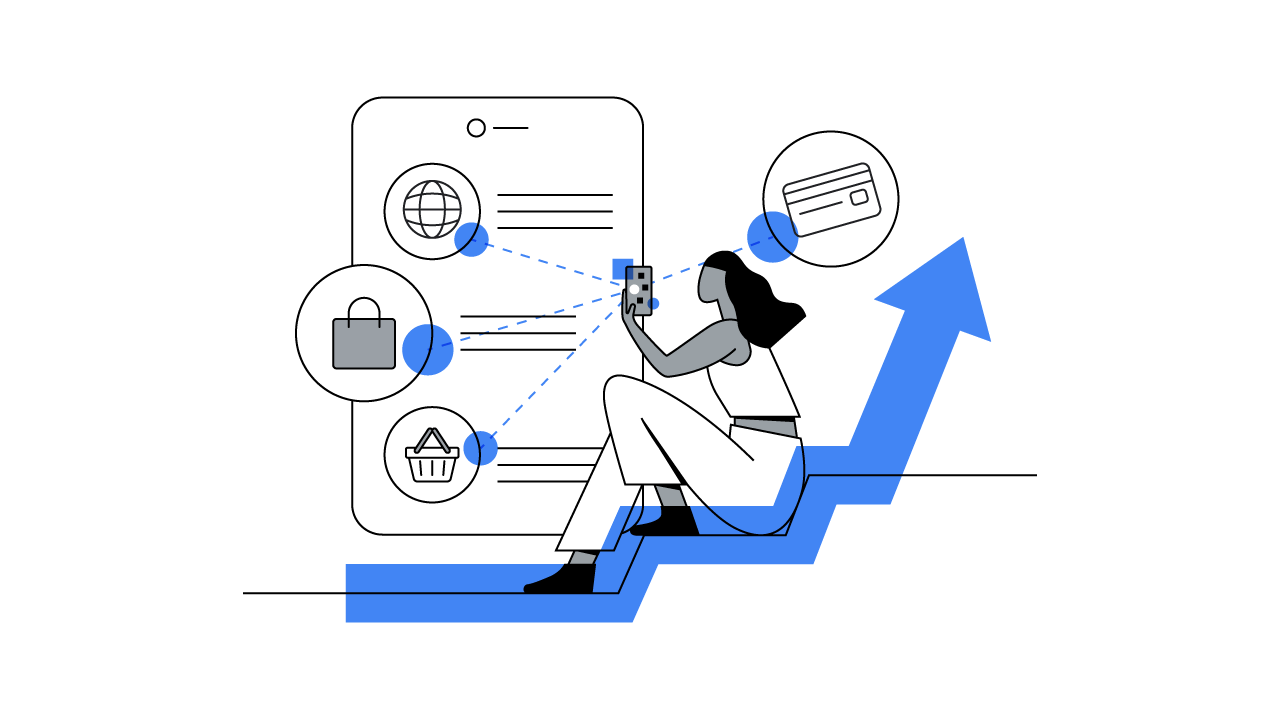Whether it’s as a dragon slayer, healing necromancer, or crime-solving sleuth, players feel seen and welcomed when games represent their myriad identities, interests, and needs. It’s why 47% of gamers aged 10 to 65 say they don’t play games they feel aren’t made for them.1
Acknowledging that more can be done to improve player experience and gaming culture, the gaming industry has made efforts toward promoting diversity, equity, and inclusion. For top game companies, however, these are more than just a list of nice-to-haves to check off.
Leading game companies have been making diversity, equity, and inclusion a fundamental and unchangeable part of who they are, how they think, and the way they operate. The result: more meaningful connections with people and players around the world, which help to unlock creativity, innovation, and growth on a global scale.
Among the game companies committed to creating a diverse, equitable, and inclusive gaming culture around the world are Level Infinite, NetEase Games, HoYoverse, and Lilith. Their journeys provide game companies with global ambitions ideas on how to engage with people and players around the world.
Create an organisation-wide shift in mindset
For diversity, equity, and inclusion to be embedded in a game company’s DNA and how it operates, it’s not enough for them to be part of a catchy corporate message. They need to become the mindset and mission of every employee.
When this fundamental shift happens across the organisation, the sweeping appreciation for diverse views and experiences empowers employees to support fair treatment and fair play for people and players with different needs. This, in turn, helps people in the game community feel included.
Global gaming brand Level Infinite recognised early on that diversity, equity, and inclusion are good, not just for bottom lines and its business of delivering quality interactive entertainment worldwide, but also for its people and global community of players. To that end, it put in place policies to foster inclusivity in the workplace at its offices around the world.
It also partnered with Google to hold a related workshop for over 1,000 employees globally. They were shown how diversity, equity, and inclusion can be incorporated into their everyday work, from developing culturally nuanced game storylines and marketing materials to using new tools for improving gaming accessibility.

“Our workshop, in partnership with Google, was an important step in encouraging teams to have an open mind about the relevance and importance of diversity, equity, and inclusion to our work and to our players. We’re excited to ride on this momentum and explore ways to further integrate diversity, equity, and inclusion into our culture, and make it everyone’s mission at work.”
Make it second nature through everyday work
Another way to make diversity, equity, and inclusion an integral part of a game company and the game culture it nurtures is to weave them into daily project discussions and workflows.
At HoYoverse, diversity, equity, and inclusion inform the international game developer’s workflows, including during early game development. Its internal review process includes quality assurance checkpoints to make sure gameplay mechanics, stories, and characters speak to gamers around the world.
The company’s first romance detective game, “Tears of Themis,” was developed through such a process. The protagonist is a smart, independent female attorney fighting for truth and justice. As she solves cases and conducts investigations and trials, she can get assistance from four respectful male characters, and build relationships founded on trust and cooperation.
After the innovative game launched, HoYoverse continued to improve the gameplay by incorporating feedback from players around the world. Its efforts to be inclusive helped the game set a new revenue record a year after its launch.
Diversity, equity, and inclusion also underpin the way the company grows its global game community through daily live operations. It has clear rules of engagement to encourage respectful behaviour among players, which enable people from diverse backgrounds to create, share, and have fun together in an inclusive gaming community.

“We continue to learn and refine the process of making diversity, equity, and inclusion an integral part of our game design and publishing workflows. We embrace them in our everyday work because we are committed to providing global audiences with immersive entertainment through high-quality, diverse content.”
Design with everyone in mind
Applying diversity, equity, and inclusion to the design of game characters, stories, languages, and player experience also helps games mirror the diversity of players, be more inclusive, and appeal to a wider audience. This is what the employees of Chinese game developer Lilith honed in on during a diversity, equity, and inclusion workshop with Google, which included the topic of game design.

“From the workshop, we realised that diversity, equity, and inclusion are more than concepts, they have an actual impact on how players perceive our games, characters, and gameplay. So we need to implement them, from game design to game publishing.”
The characters in its newly launched game, Dislyte, for example, come in various designs, including a range of body types and skin colours. The diversity of game characters drew positive responses from players and “it’s proof of how embracing diversity, equity, and inclusion is good not just for business, but also for bringing people together through play,” says Liu.
Stay committed and invested
To fully unlock sustained innovation and growth through diversity, equity, and inclusion, a game company needs to remain committed to the effort. This includes making them a part of its business plan, and investing in training to equip every employee.
First-generation Chinese internet and technology company, NetEase, has long been committed to making its services inclusive and attractive to diverse groups of players. Its game “Naraka: Bladepoint,” for example, was designed with a visually-rich user interface and auditory experiences that enable even those with colour-vision deficiencies to enjoy the game.
The company’s global expansion in recent years has only compelled it to invest more in connecting meaningfully with global players. For example, it partnered with Google to equip 600 employees across marketing, engineering, and game development with a deeper understanding of diversity, equity, and inclusion in the global game industry. This provided employees with a shared vocabulary and common ground to more easily collaborate on such efforts and in a sustained way.

“Being attuned to different communities’ needs and interests is one of the reasons we are able to create games that are appealing and accessible to our users around the globe.
“The content we produce is not only being consumed by a massive audience with distinct and selective tastes, but also infused with valuable support to engage with these diverse populations and help grow understanding of them. Diversity, equity, and inclusion play an important role in this process as we work to deliver more diversified game genres that remain relevant and relatable around the world.”
For game companies with global ambitions, making diversity, equity, and inclusion a part of their mindset and mission can be a game-changer. Getting started on this today, even if it’s a modest step, can help them unlock innovation and growth, and make the world a more inclusive and welcoming place for everyone to work and play.






